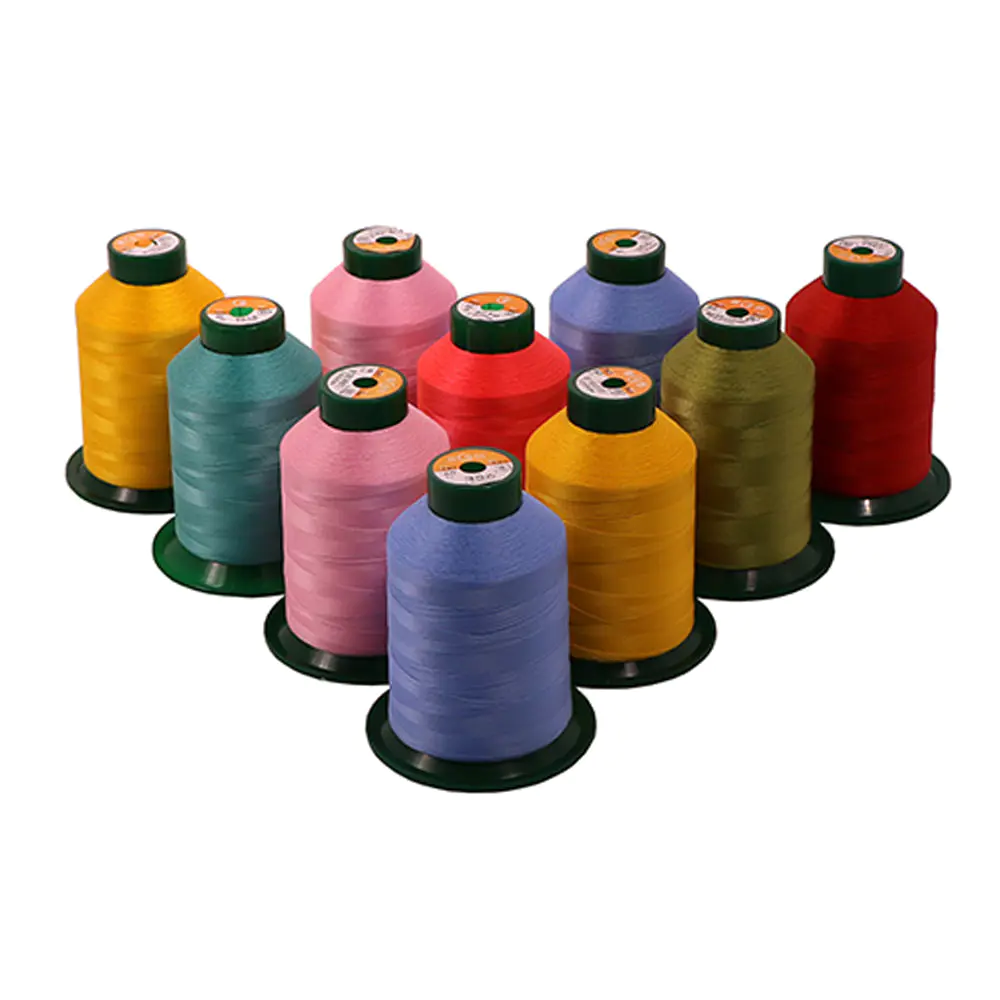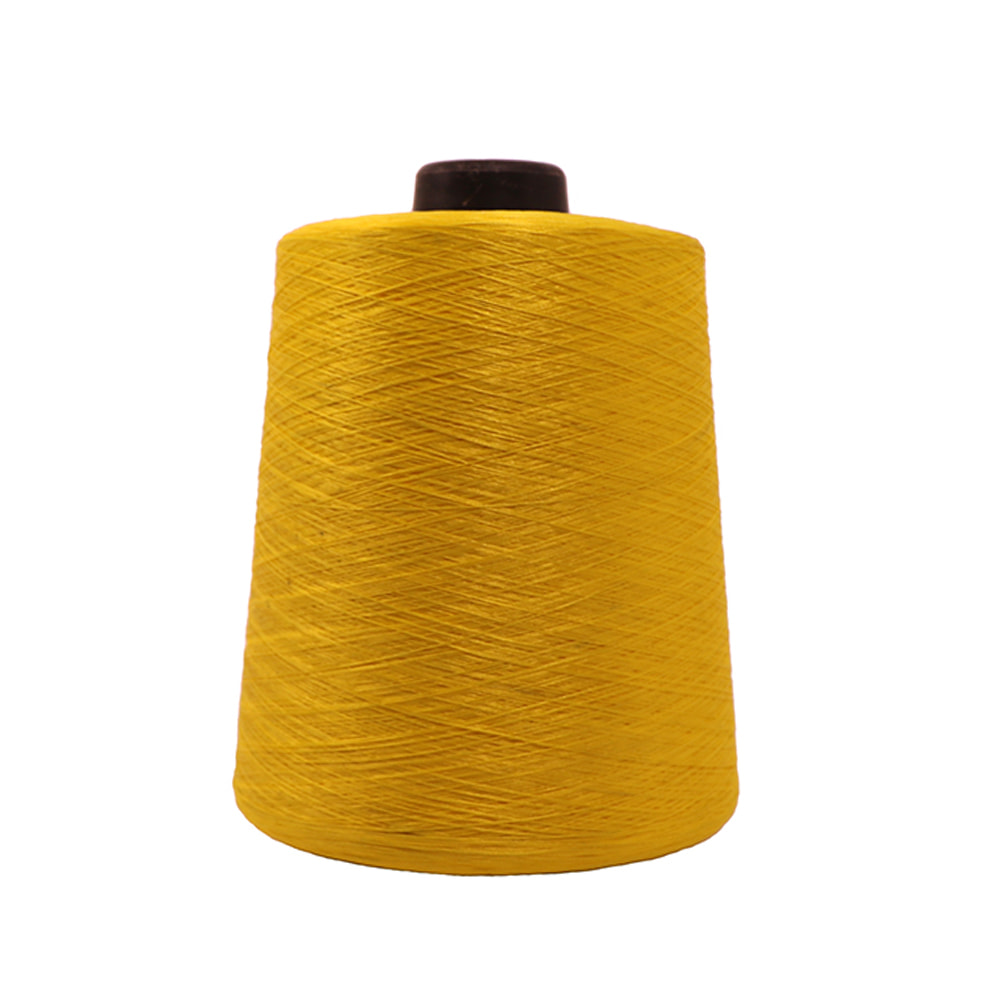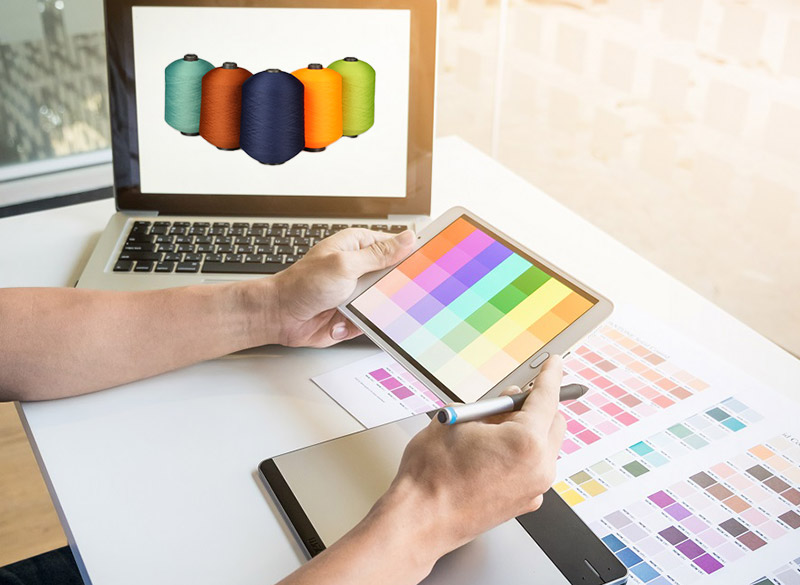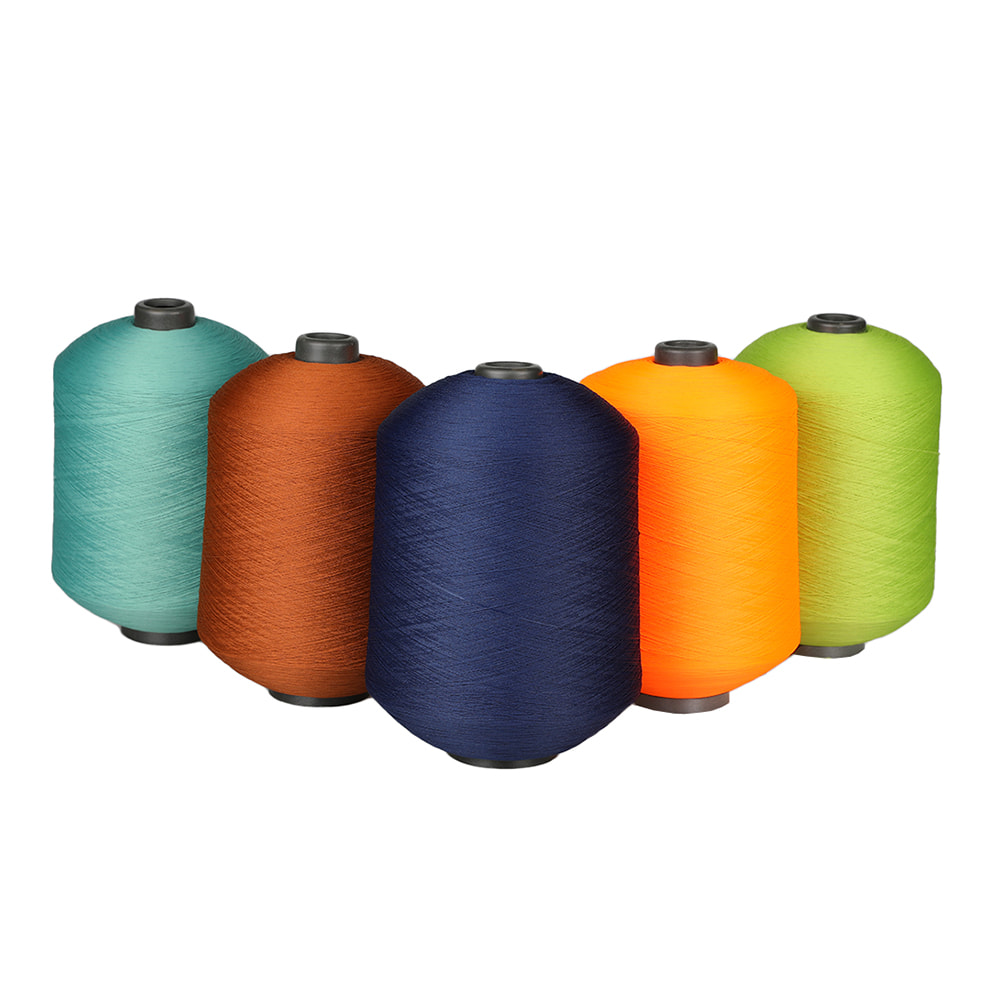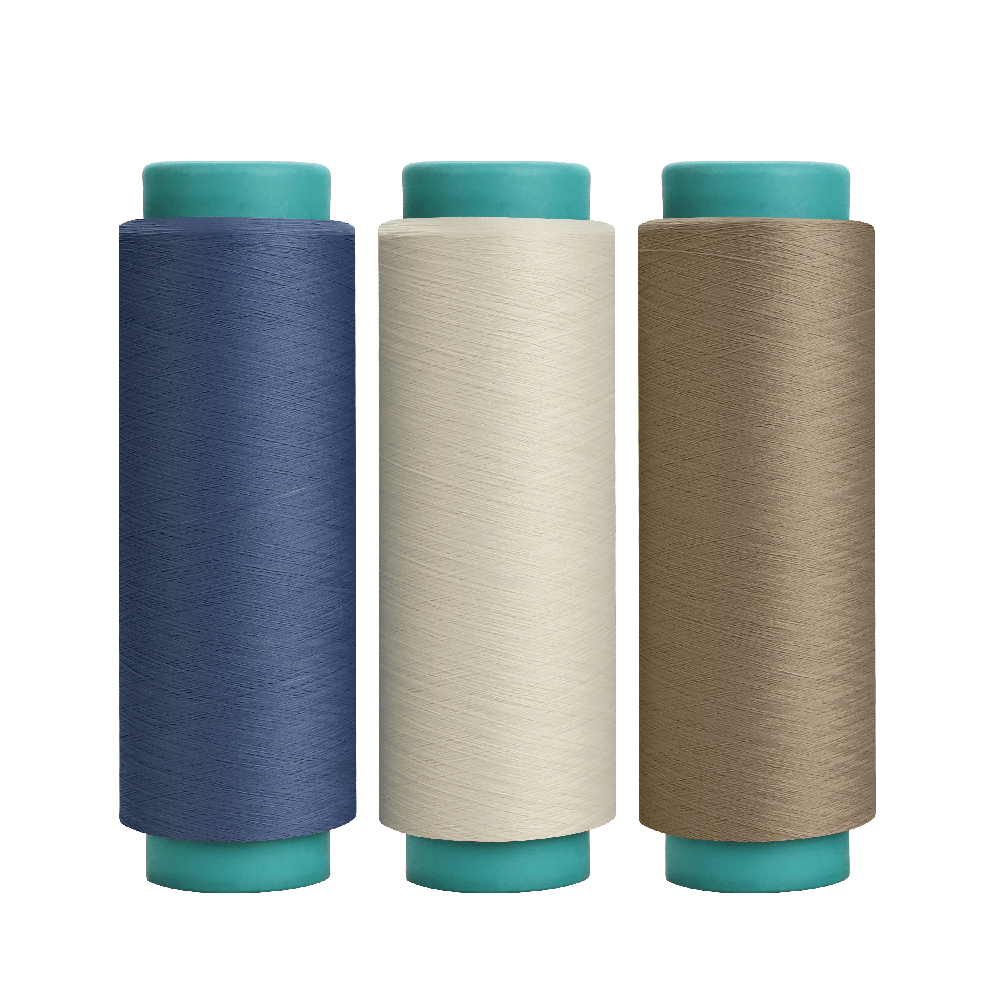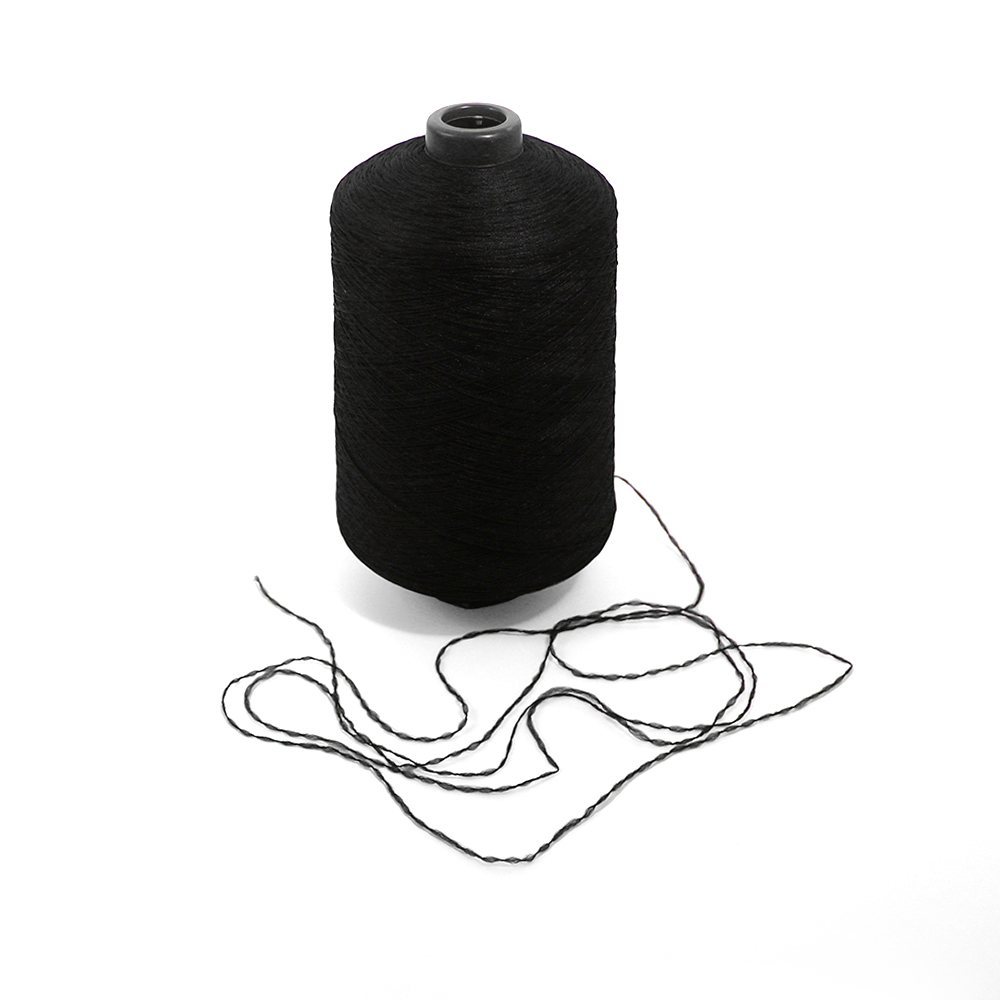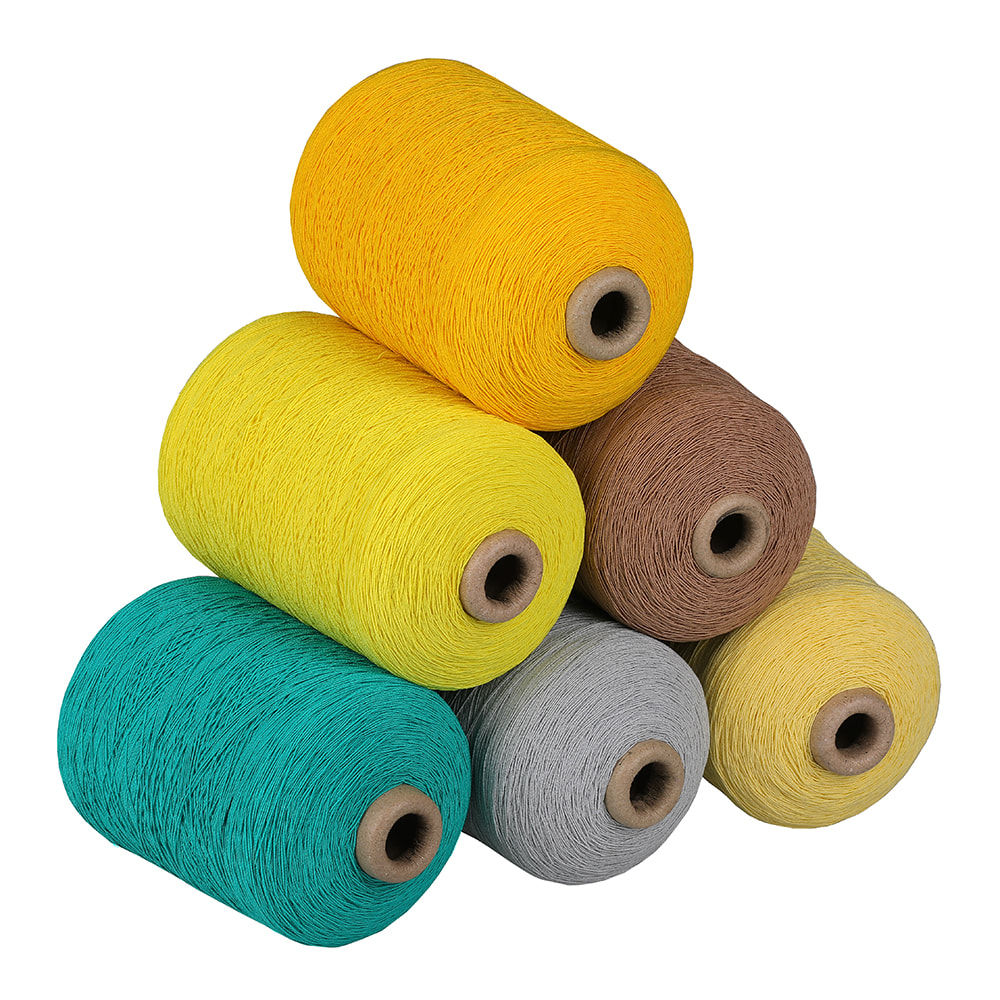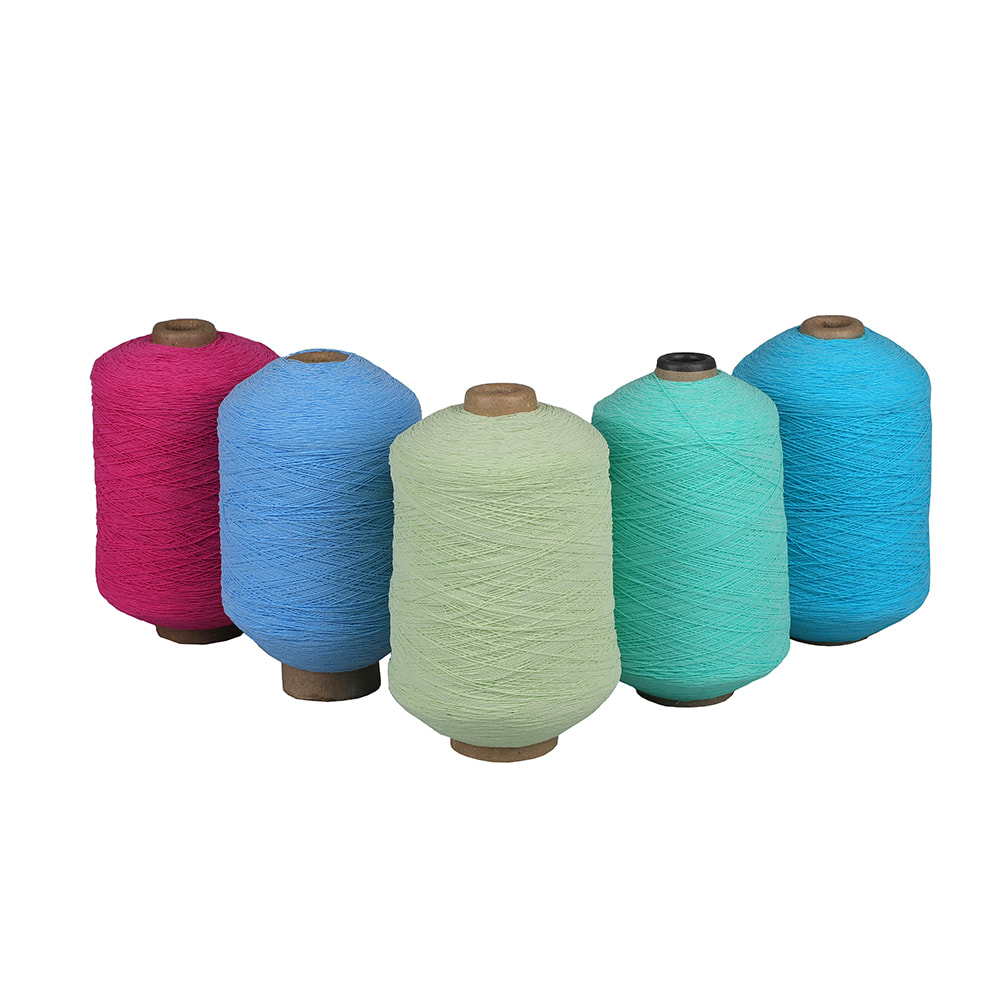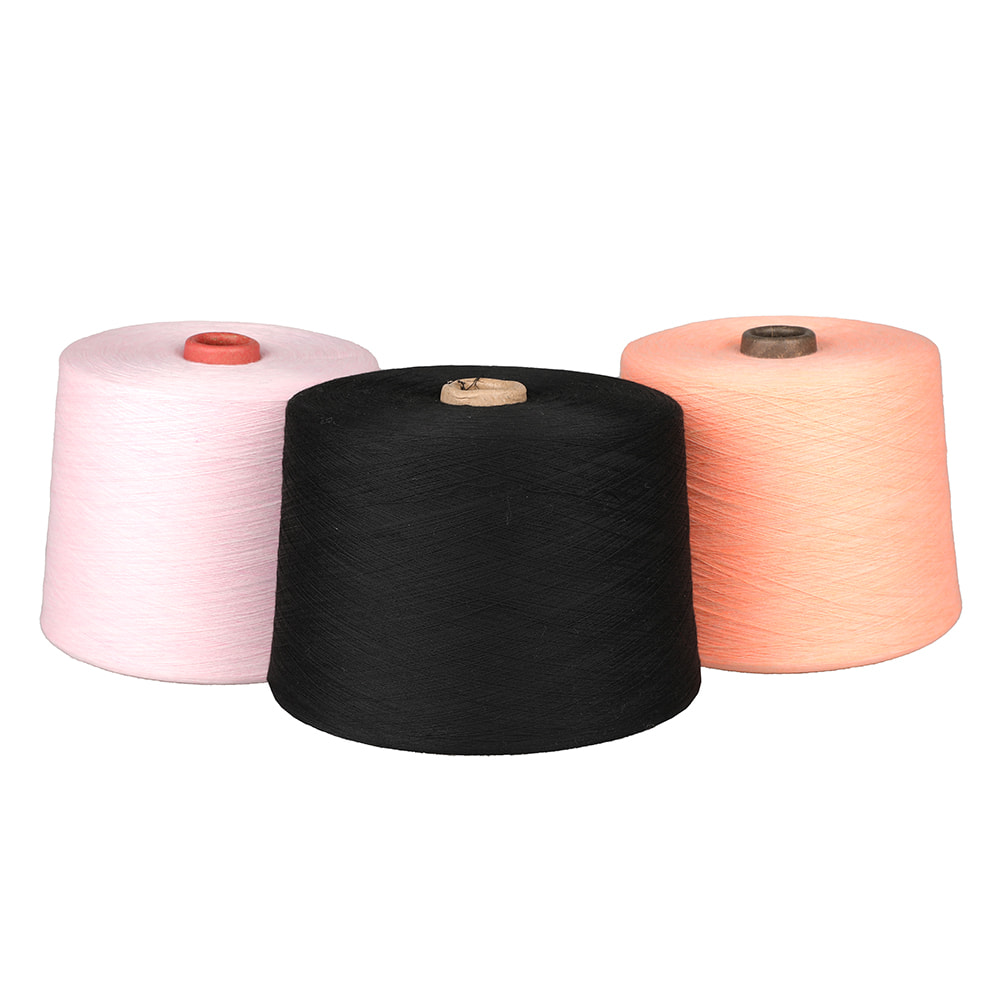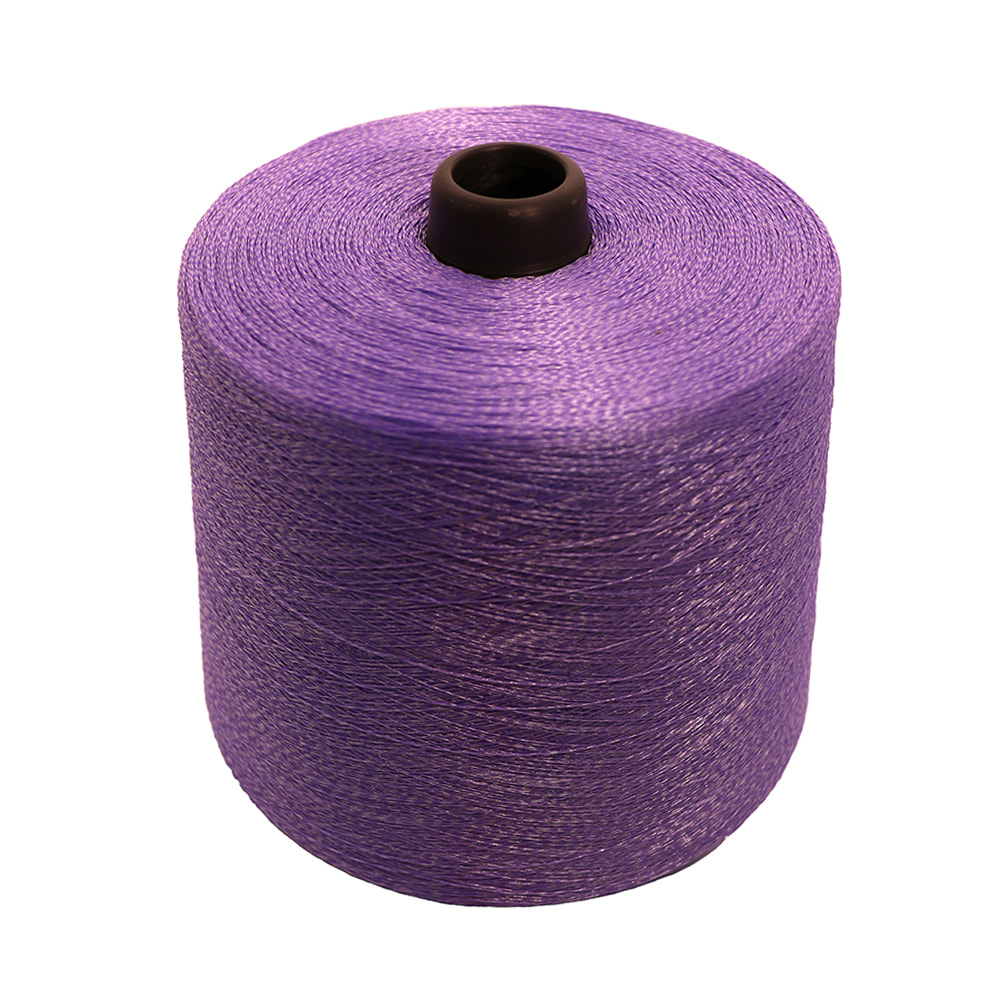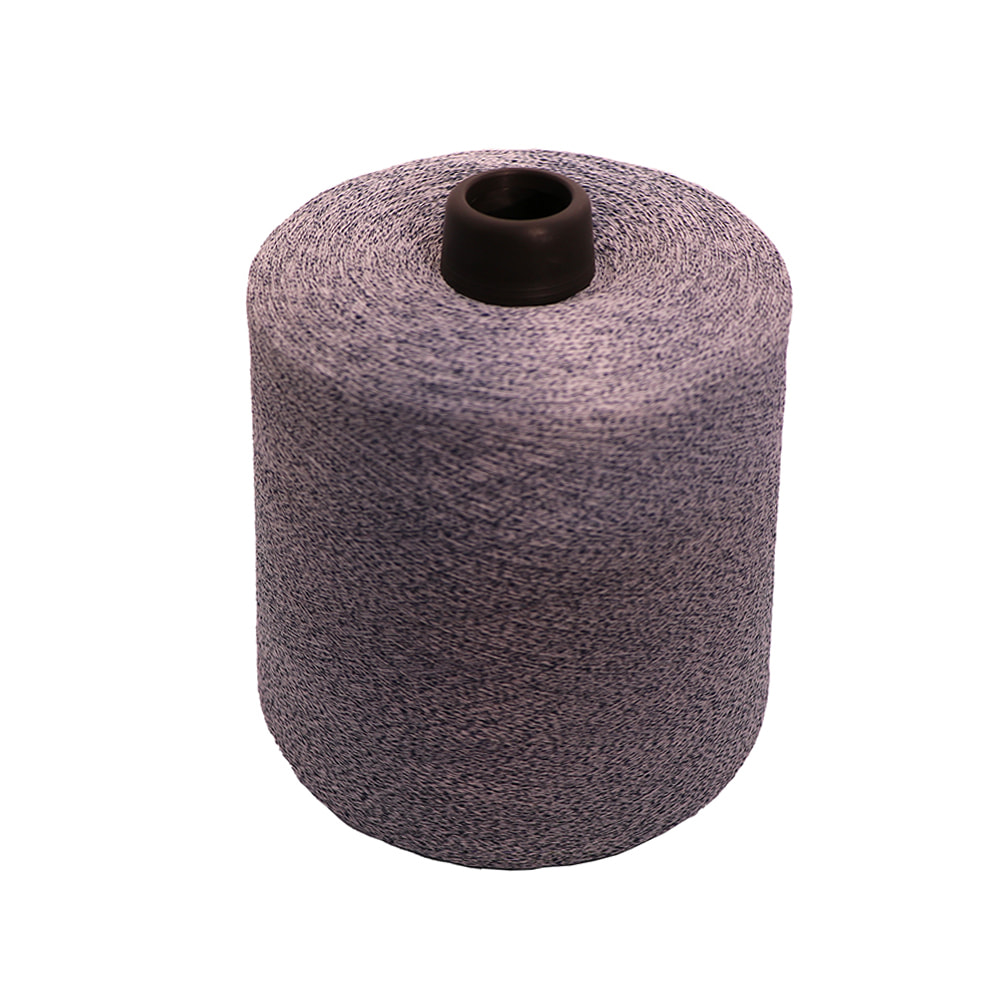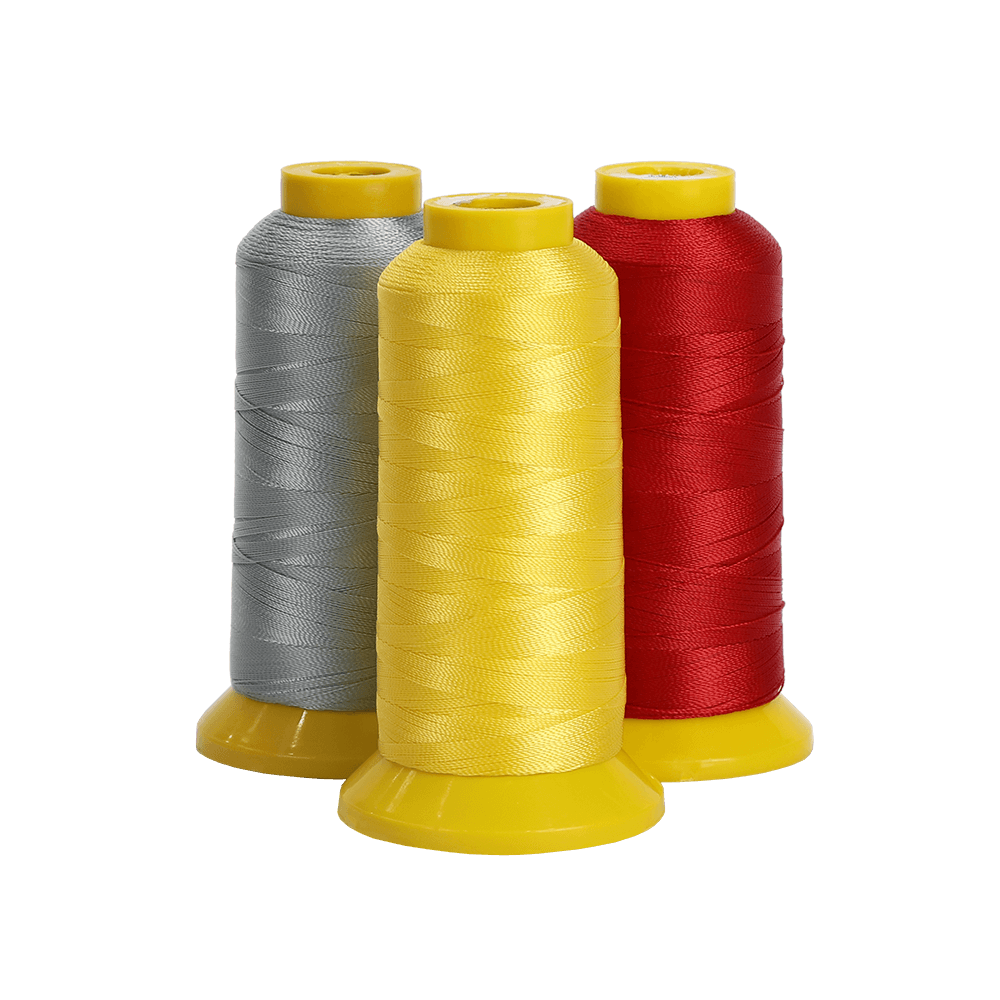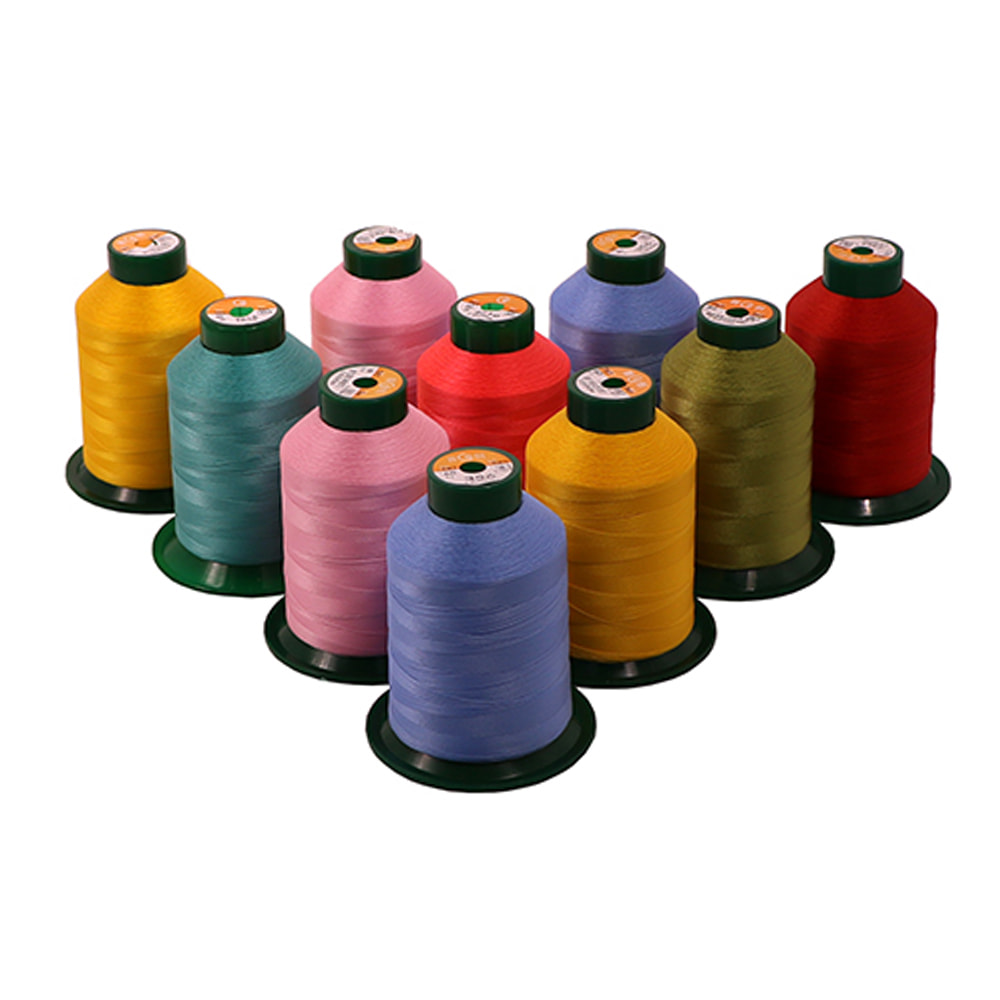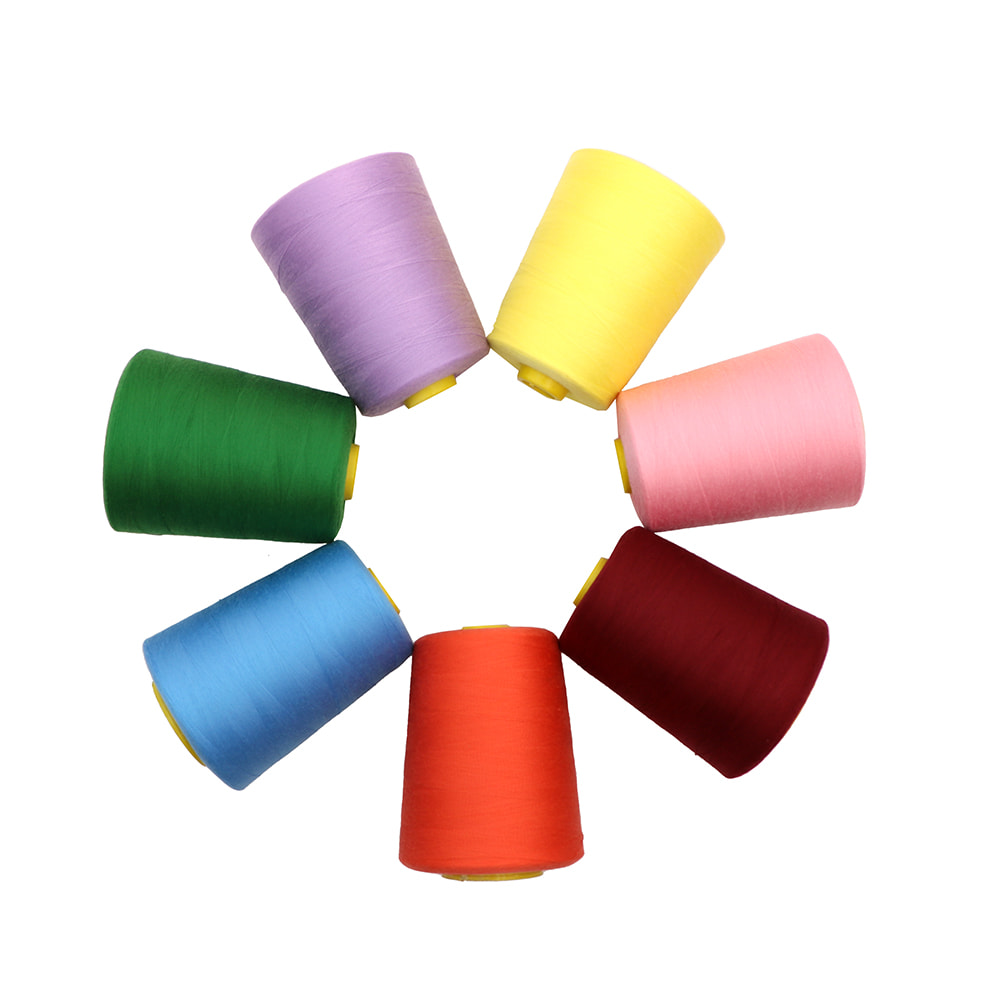Choosing the Right Embroidery Thread for Beginners
For novices just stepping into the world of embroidery, selecting from a dazzling array of threads can be a significant challenge. There's no need to feel confused; starting with the most basic and user-friendly materials is a wise approach. Cotton thread with its moderate sheen is the top choice for the vast majority of beginners due to its durability, rich color range, and affordability. It is easy to control and performs stably on fabric, making it ideal for practicing various basic stitches. When selecting thread, besides focusing on color, pay more attention to the strand count—this refers to how many individual strands are twisted together to form one embroidery thread, which directly determines the final thickness and texture of the embroidery. Beginners can start by using the full strand to get a feel for it.
Easy Needle Threading: Techniques for Effective Thread Management
Threading the needle, though the first step in embroidery, can stump many, especially when using fine threads. A practical tip is to avoid using thread that is too long; a length roughly the span of your arm is usually most suitable, as this greatly reduces the friction and twisting generated during the repeated piercing process. When threading the needle, never moisten the end with saliva, as this can damage the thread despite being convenient. The correct method is to gently twist the end tightly between your fingertips or use a quality needle threader. If the end frays, you can decisively cut off a small section to obtain a neat end again, which will make the threading process much smoother.
Cotton vs. Silk Thread: Analyzing the Characteristics and Uses of Different Materials
Understanding the different types of embroidery thread materials can help your work achieve a more layered artistic effect. Cotton embroidery thread is the most common type, offering a soft matte finish that imparts a vintage, rustic, and warm charm to pieces. It is perfectly suited for making home decorations, handkerchiefs, or patterns in an antique style. In contrast, silk thread possesses a natural noble sheen and a silky smooth feel. Its colors are vibrant and it has good elasticity, capable of creating extremely subtle gradients of light and shadow and a luxurious texture. It is often used in high-end fashion, art hangings, or creations requiring a gorgeous effect. Which one to choose depends entirely on the emotion and style you wish to convey through your work.
Solving Common Annoyances: How to Prevent Thread Twisting and Knotting
During embroidery, the sudden twisting of the thread into a snarl or a tight knot is undoubtedly the most frustrating interruption. The root of this problem often lies in the thread's natural tendency to release torsion. Preventing this hinges on controlling the thread length and adopting the correct method of holding the thread. After each time you pull the needle through the fabric, don't rush into the next stitch; instead, let the needle hang naturally, allowing the thread to untwist and release the built-up torsion. Using an embroidery hoop to keep the fabric taut also ensures the thread moves smoothly through it, reducing unnecessary friction. If you notice slight twisting, pause immediately and let the needle hang to allow it to unwind naturally.
The Art of Thread Organization: Methods to Keep Your Threads Neat and Tidy
As your collection of embroidery threads grows, an efficient storage system not only protects your investment but also greatly enhances the joy and efficiency of creation. Messy, tangled skeins are not only difficult to search through but also more prone to tangling and damaging each other. Traditional thread bobbins are the classic and economical choice; you can wind the thread neatly onto them and label them with color numbers for easy finding and use. For a more professional solution, storage boxes with compartments and labels allow you to categorize threads by color family or material, making everything clear at a glance. A good habit is to take a little time after finishing a project to reorganize and put away any remaining threads, providing a fresh start for the next creative session.
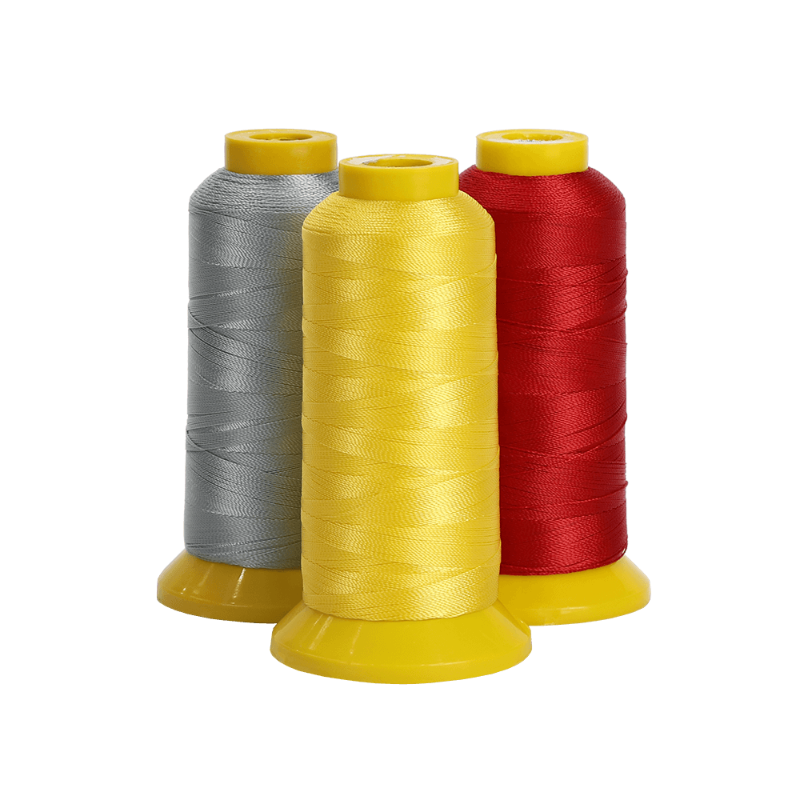

 English
English 中文简体
中文简体 Español
Español